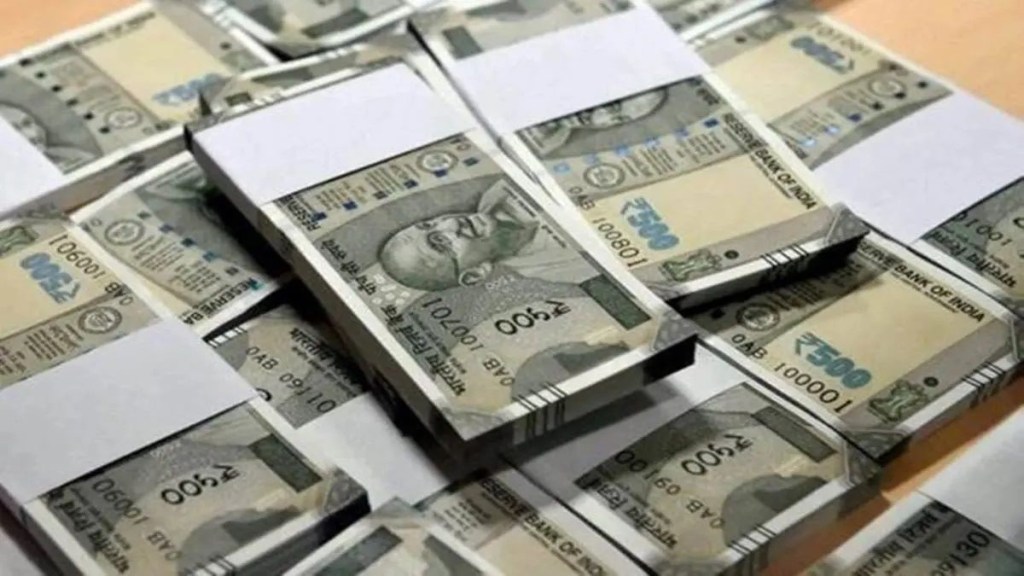The Centre is likely to extend to the second quarter of this fiscal the exemption from cash control norms granted to its ministries, centrally sponsored schemes and grants-in-aid in a bid to push capital expenditure.
Observing a slower pace of capex in April, the Centre had removed such restrictions for the first quarter of FY24. “Capex has picked up in May…it slightly better than May last year,” a senior official told FE.
Revenue expenditure till May is as per the projection while tax and non-tax revenues are comfortable enough to remove cash management restrictions, the official added.
In April 2023, the Centre’s fiscal deficit was 78% higher on year at Rs 1.3 trillion or 7.5% of the FY24 BE, from Rs 0.7 trillion in the first month of FY23. Net tax revenues and non-tax revenues reported a sharp contraction of 13.9% and 8.2% in April, respectively, amidst a 15.2% rise in revenue expenditure, and a 0.6% fall in capex that may have been hampered by unseasonal rains.
However, tax revenue has picked up in May with gross goods and services tax (GST) collection rising 11.5% on year. The Reserve Bank of India (RBI) also transferred a surplus of Rs 87,416 crore to the Union government in May for the accounting year ended March 31, nearly triple than Rs 30,307 crore in the previous year.
Usually, ministries and departments are allowed to spend 25% of their budget in each quarter. However, such spending is slower than the permitted limit in the first and second quarters due to various conditions.
According to cash management guidelines, ministries have to attune bulk expenditure items to the monthly GST collection and quarterly advance tax payments for smooth exchequer control.
The cash management guidelines mandate that the release of amount between Rs 500 crore and Rs 2,000 crore is to be made during the 21st and 25th of a month to take advantage of the GST collection. Similarly, bulk expenditure in excess of Rs 2,000 crore is to be released from the 17th to the 25th of the last month of a quarter to utilise direct advance tax receipts.
Also, a prior permission from the budget division is required for any single payment under a scheme in excess of Rs 5,000 crore.
To provide a fillip to capital expenditure, it has been decided to remove all these restrictions.
However, the relaxation will be subjected to strict adherence to the SNA (single nodal agency for CSS) /CNA (central nodal agency for central sector schemes) guidelines issued by the department of expenditure.
Financial advisers have been advised to monitor the releases to ensure that there is no idle parking of funds at any level and funds are released on a just-in-time basis.
With capital expenditure often taking more time than anticipated, the removal of restrictions with regard to the utilisation of budget allocation in the first quarter will help the departments to execute projects without fear of losing sanctioned budget.
The Centre has raised the capital expenditure target by 36% year-on- year to a whopping Rs 10 trillion for FY24 to continue the public investment-led economic recovery post-pandemic.

